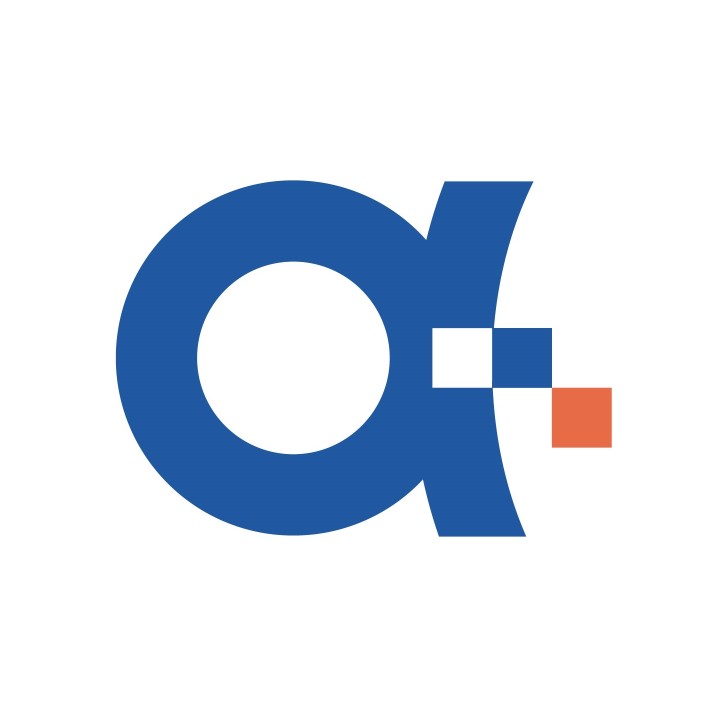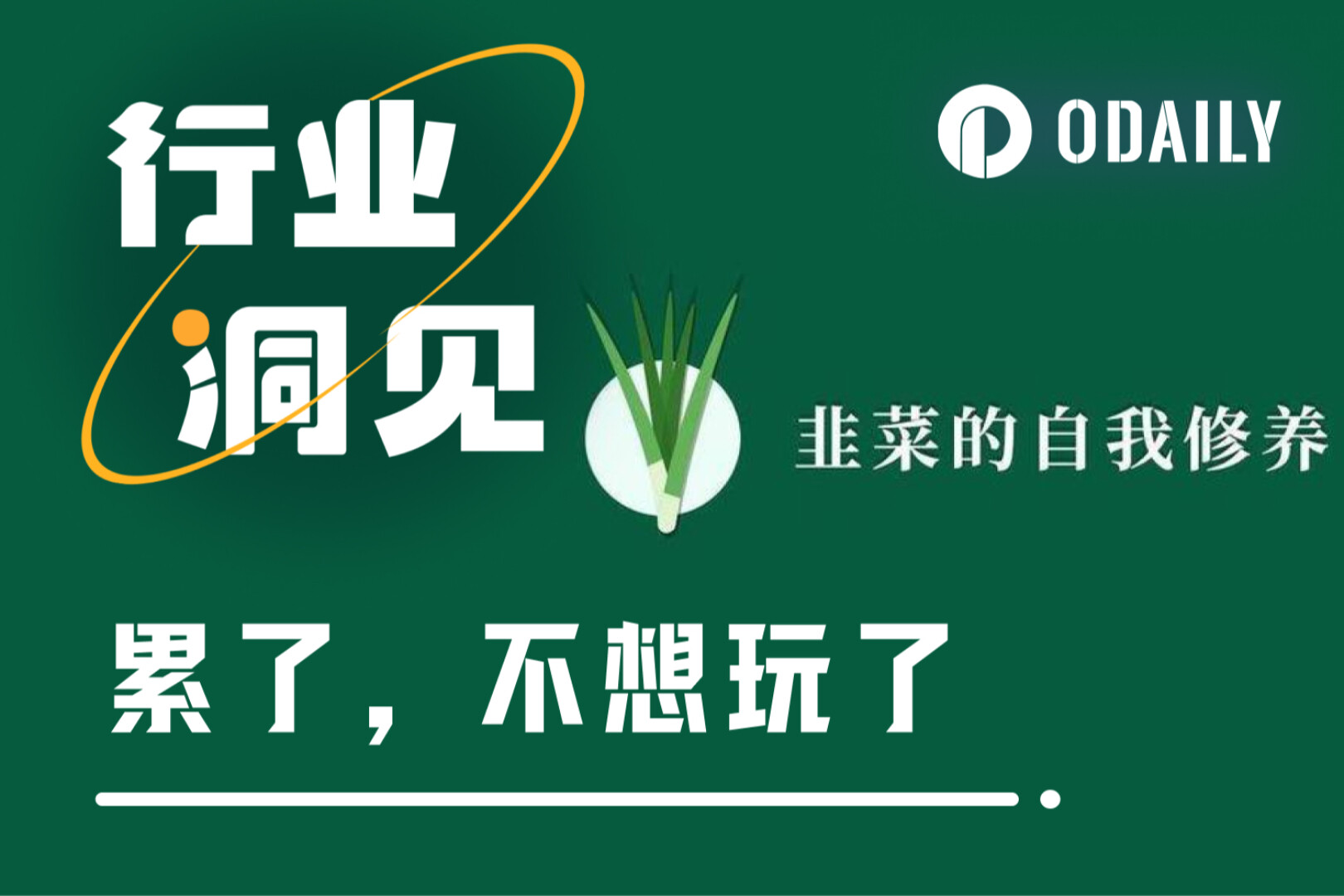picture
Author| Chen Lishan Editor-in-chief | Yu Baicheng Typesetting | Wang Jilongyan
In April 2016, crowdfunding reached 150 million US dollars, and The DAO, the first decentralized organization in history, appeared. It exists as an open source distributed software and develops venture capital funds. But within 2 months, the company was hacked and dissolved. This failure did not extinguish the enthusiasm of future generations to explore. In recent years, the organizational form of overseas DAOs has taken shape. As an innovation of enterprise organization form, DAO has received a lot of attention, but at the same time, doubts about its sustainability and security are endless. At the turning point when giant companies are seeking change, what should DAO do?
——Andy Grove, former Intel CEO
first level title
1. Definition of DAO
DAO stands for Decentralized Autonomous Corporations, which means decentralized autonomous organizations in Chinese. To understand this concept, we need to analyze its three components.
1. Decentralized
Compared with the current common organizational management forms, DAO has obvious characteristics of decentralization. But centralization and decentralization are not either-or, and many DAO organizations rely more or less on centralization to start or maintain, and have not achieved absolute decentralization. Therefore, it is more accurate to understand it from the perspective of degrees of freedom, that is, an organization that exhibits a clear scale of decentralization.
2. Autonomous
Different from the traditional "top-down" management model, DAO's "flat management" and "autonomous" attributes are more prominent. All token holders are able to participate in proposals and voting decisions. From the perspective of ownership, DAO belongs to all stakeholders such as investors, developers, users, suppliers, and partners. From this perspective, self-government means that DAO belongs to everyone who can create value for it.
Typically, DAOs are seen as a type of decentralized corporation. Of course, it is more commercial and practical to understand DAO from the company level, but we need to make it clear that DAO is not a specific organizational entity, but a general organizational form. A DAO can be not just a company, but any organization that requires human participation, such as cooperatives, online platforms, communities, etc.
first level title
2. The construction and ecology of DAO
To understand how to build a DAO, we need to understand the following five elements.Catalyst:
The same pattern exists in every decentralized organization, that is, a catalyst figure makes a decentralized organization work, and then returns the control of the organization to the members.Belief:
Not just freedom and trust, but the power that holds a decentralized organization together is faith.platform:
Centralized organizations rely on the Internet to provide a platform to do their work.circle:
Decentralized organizations form unique circles and delegate power to all members. This circle is extremely adaptable to innovative activities.Fighter:
Different from organizers or contacts, fighters are more like salesmen, and will work full-time around current issues.
In this sense, the emergence of DAO is not a simple improvement of the corporate system, or the decentralization of corporate power. Rather, it requires the level of technology as the basic condition, the pursuit and beliefs that emerged in a specific era, and the catalytic characters and maintenance fighters who help realize the change. Therefore, for each specific DAO, we can find the background story of a specific era from the dimensions of technology, culture, and history.
Protocol DAO: A company characterized by decentralization that operates by building and executing protocols
Social DAO: based on a common idea, aiming to create a strong community
Investing in DAO: similar to a fund, deploying investment plans by gathering capital and investors
Funding The DAO: Incentivizes the development of projects beyond pre-existing projects, aiming to build a broader ecosystem
Service DAO: Similar to a "talent aggregator", bringing together human capital that can be used for certain projects
Media DAO: collaborative production of public content, including categories of topics covered, resource management, etc.
Creation DAO: similar to fan groups, working for organizations that support idols, creators or artists
picture
first level title
3. Mass and Core
Refer to "Human-Machine Platform: Roadmap for Future Business Action", which points out three sets of transforming relationships in the digital economy era, namely, machines and people, platforms and products, and the public and the core. The emergence of artificial intelligence has liberated our hands, and opened the mode of automatic evolution, and has participated in the whole process of production, design, decision-making and so on. In terms of business models, it has also become a trend for products to shift to platforms. Various applications such as social networking, shopping, music, and maps have become mainstream in the form of platforms and networks. Platform companies such as Amazon and Tencent have become giants in the "invisible". And the next trend in the era of digital economy is coming to us, that is, the public and the core. With a decentralized organizational model, the company belongs to each contributor.
The emergence of DAO also represents the transformation of the three groups of relationships between machines and people, platforms and products, and the public and the core. By writing code and automatically executing smart contracts, DAO has its own set of operating logic and automatic execution capabilities. Through the establishment of a platform model, DAO supports all participants to participate in decision-making and execution. But among them, the change of decentralization is the most eye-catching.
The yearning for decentralization comes from the bottom of our hearts. Humans are born with a yearning for freedom and democracy. In the process of getting rid of the shackles of nature, we have witnessed the rapid development of science and technology. The wave of pursuit of equality and democracy has reduced race, Bound by gender and class. Modern organizations represented by companies are often regarded as exploiters, and when more and more profits are concentrated in fewer and fewer large companies, a revolution in corporate organizational forms has begun.
When discussing the difference between a centralized organization and a decentralized organization, the book "Starfish Organization" gives a subtle example. "At first glance, a spider looks a lot like a starfish, with legs growing out of a central body. But the two are quite different: chop off the spider's head and the spider dies; but if you cut a starfish in half , you'll see two starfish."
Comparing decentralized organizations to starfish, we can see the characteristics of DAO organizations that distinguish them from traditional enterprises:
Another obvious advantage is low cost. The new fundraising mechanism, that is, the fundraising mechanism of token issuance has the advantages of fast and accurate, and the investor is the owner model has attracted a large number of investors who recognize the project; the mechanism of token operation also supports no trust fund management, which means The cost of trust is greatly reduced; the organization's governance, incentives, and income distribution mechanisms are all distributed according to algorithmic ownership, and the rules are placed on the chain through the blockchain, which not only ensures internal fair competition, but also reduces the time and time for traditional enterprises to distribute profits. money cost.
first level title
4. Hacking, Decentralization and Democracy
When it comes to decentralized, free, code-executing DAO organizations, people always feel anxious and uneasy. Indeed, while the corporate organization is still expanding and growing, the DAO organizational form has flaws that cannot be ignored.
hacker risk
DAO uses programming algorithms and smart contracts as the logic and rules of its company's operations, but no matter how predictable, a complete set of algorithms and a perfect contract do not exist, and algorithms and contracts without emotions are more likely to become hackers the object of the attack. The paradox of "imperfect contract" makes how to solve the risk of hacking a problem that must be overcome in the DAO model.
decentralized
decentralized
Decentralization is the most innovative breakthrough of DAO, but the realization of decentralization seems to conflict with human nature like control and intervention, and the ideal model of token governance is also questioned in reality. On the one hand, the essence of DAO cannot get rid of the shareholder system, that is, major shareholders have a higher right to speak, and DAO investors can form an advantage over others by purchasing tokens, thus enjoying greater benefits in the process of organizational development. The right to speak, from this perspective, decentralization is difficult to achieve.
On the other hand, taking The DAO as an example, the way it was founded and ended is full of contradictions. It stood out in history under the banner of decentralization, but when facing hacker attacks, it adopted the "centralization model" that humans are best at. end. We seem to lack the courage to achieve absolute decentralization.
mob
"Crowds know only simple and extreme sentiments; they either accept or reject all the opinions, ideas, and beliefs offered to them. They regard them as either absolute truth or absolute error."
--"mob"
The essence of DAO is a group composed of many individuals. Before discussing the various disadvantages of the undemocratic corporate system, please ask yourself, must the decisions made by democratic groups be good? The fact is that individuals in a group will show an obvious herd mentality. What's more, morality and law often lose the ability to restrain individuals in fanatical group activities.
From democracies to mobs, majority confusion is not uncommon in history. When the ideal of democracy is paranoid and domineering, the mob will disrupt the existing order. Therefore, the pursuit of democracy needs to be based on reality. How to find the best balance between democracy and autocracy is more meaningful than pure idealism.



